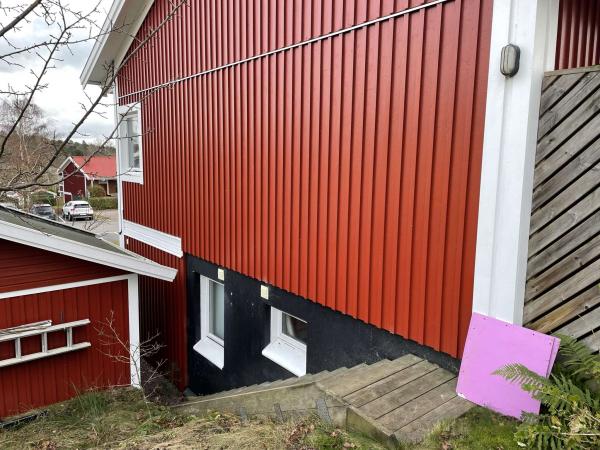| Home |
| Green Building Bible, Fourth Edition |

|
These two books are the perfect starting place to help you get to grips with one of the most vitally important aspects of our society - our homes and living environment. PLEASE NOTE: A download link for Volume 1 will be sent to you by email and Volume 2 will be sent to you by post as a book. |
Vanilla 1.0.3 is a product of Lussumo. More Information: Documentation, Community Support.

Posted By: minisaurusplastic-bag (subsequently occasionally perforated) vapour barrier around the internal plasterboardIt'd likely be a good idea to go around and make sure as many of the perforations as possible are taped up.
Posted By: minisaurusremove timber panels, add new framework to increase insulation width, add insulation, and replace the timber panels. ...Generally EWI moves the dewpoint inboard, so further away from external timber cladding. It warms up whatever's inside!
... I'm concerned that this may create/shift dewpoints in the timber frame, or even where timber meets concrete.

Posted By: minisaurusRe. dew point, I was thinking I might start getting it on the old/existing 12 cm deep timber frame parts, once they’re covered with the new insulation?Sorry I made a silly mistake in my last post - I meant the dewpoint is moved OUTward. So you're even less likely to get condensation inboard of the EWI on existing materials.
Posted By: WillInAberdeenYou need the outside covering to be breathable, so that any moisture that finds its way in can escape, rather than be trapped in the colder outer regions of the wall. Eg with breathable paint on the timber cladding.Isn't it a case of it needs to be breathable iff it is breathable?
1 to 8 of 8